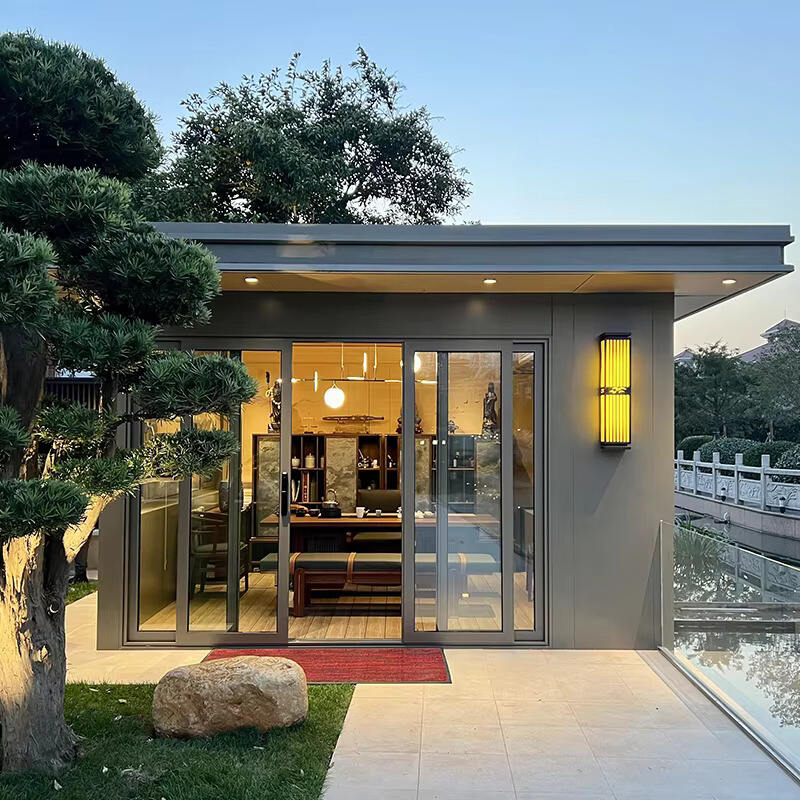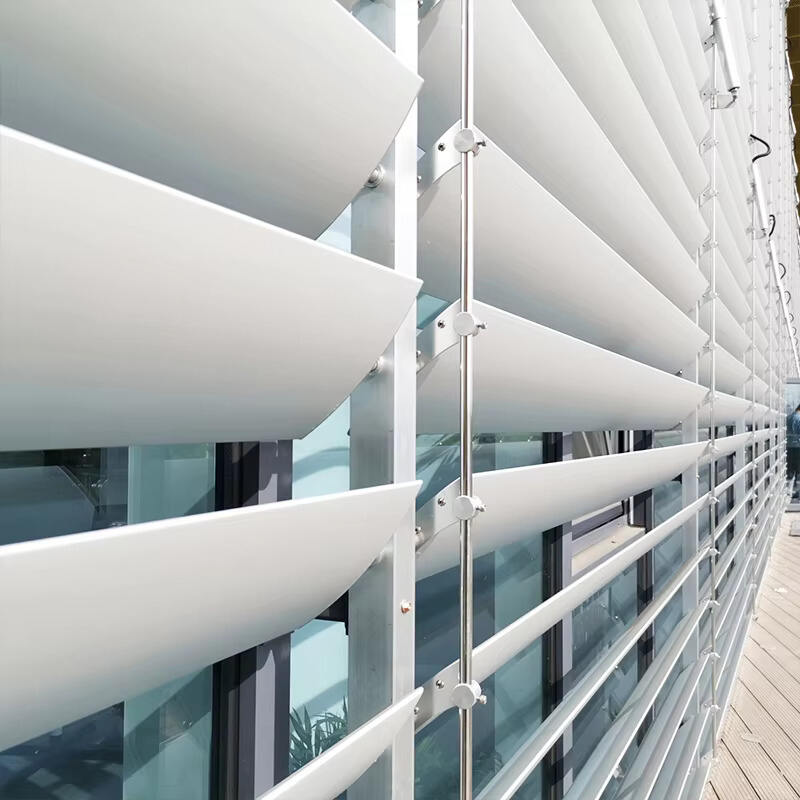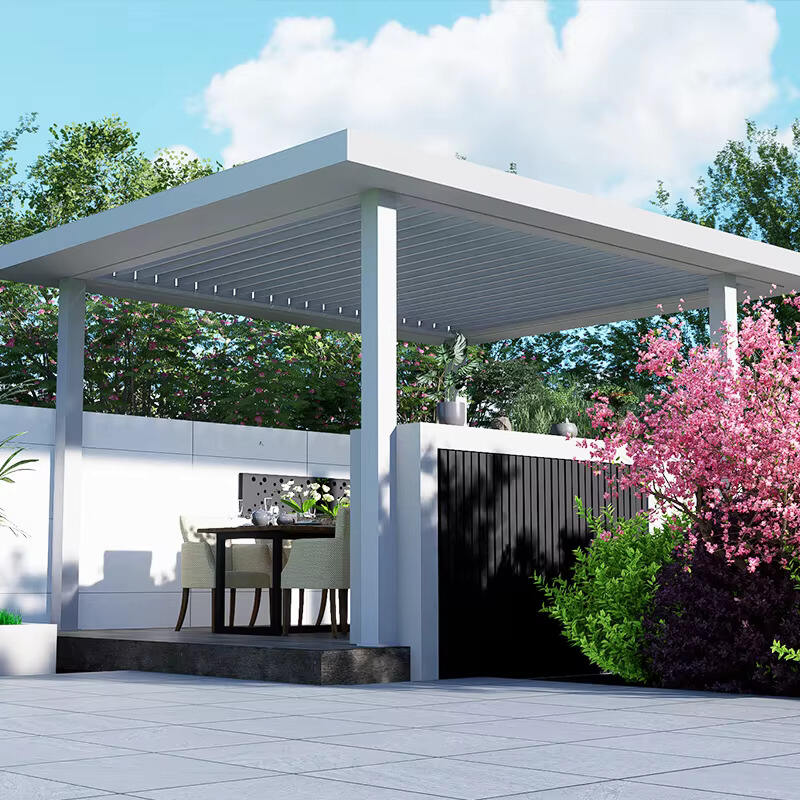pvc fabric price
PVC fabric pricing represents a crucial consideration in the industrial textile market, offering a balance between durability and cost-effectiveness. This versatile material, composed of polyvinyl chloride coating on a fabric base, comes in various thickness levels and quality grades, directly impacting its price point. Market prices typically range from $2 to $15 per square meter, depending on specifications and quantity ordered. The pricing structure reflects several key factors including raw material costs, manufacturing processes, and market demand. High-grade PVC fabric, suitable for outdoor applications, commands premium prices due to its enhanced UV resistance and weatherproofing properties. Entry-level options, primarily used for indoor applications, offer more competitive pricing while maintaining essential functional characteristics. The material's technical specifications, such as tear strength, fire resistance, and coating thickness, significantly influence its market value. Additionally, factors like order volume, customization requirements, and global supply chain conditions play crucial roles in determining the final price point. Understanding these pricing dynamics helps buyers make informed decisions based on their specific application needs and budget constraints.


